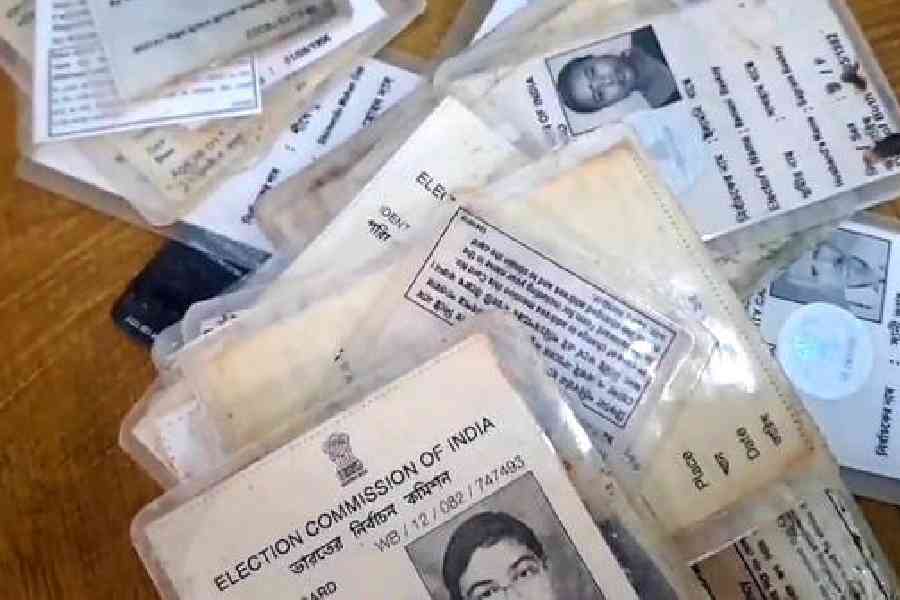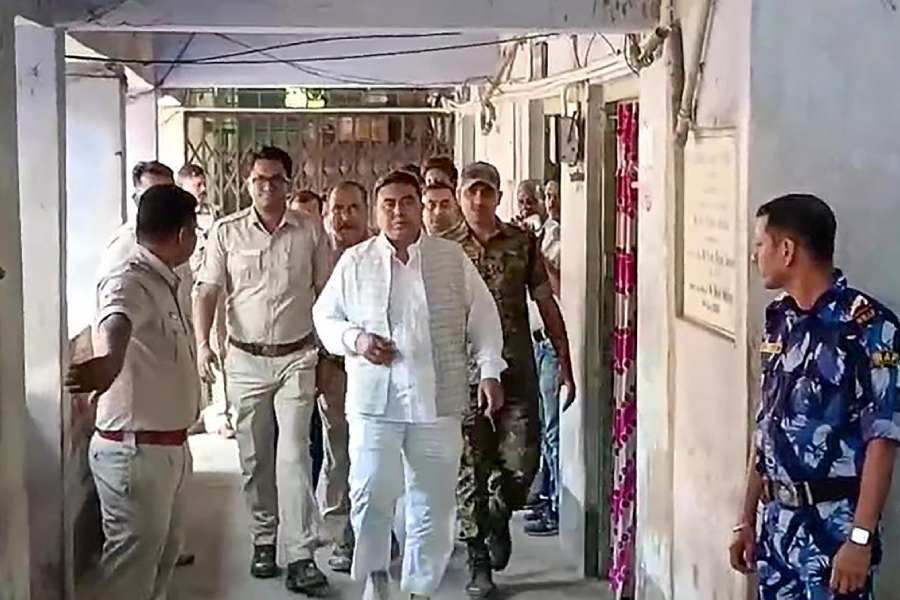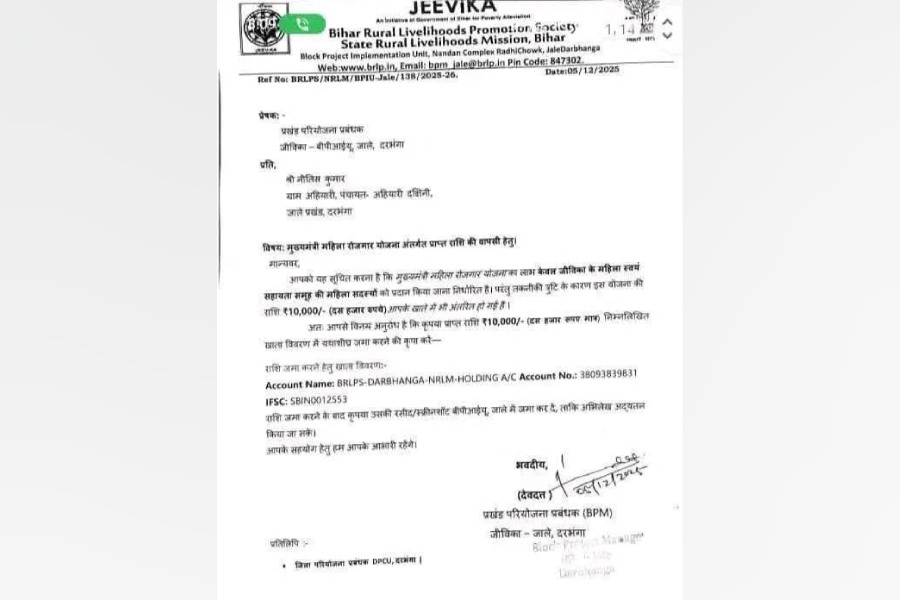Samples of body organs of Dona, the resident Royal Bengal tigress who died at Tata Steel Zoological Park on Saturday, have been sent to Indian Veterinary Research Institute (IVRI), Bareilly in Uttar Pradesh, for pathological tests.
Zoo authorities are keen to find out the exact reason behind the death of the seven-year-old tigress though it is suspected that Dona died due to a kidney infection.
Ruling out cold as the reason behind Dona’s death, Chakravarty claimed they took proper precautions to protect animals during winters. “We also note down the temperatures of the animal enclosures in the mornings and evenings,” he added.
Tata zoo director Bipul Chakravarty said samples of Dona’s kidney, liver, lung and spleen had been sent to the IVRI as they want to know about the exact reasons behind animal’s death. “The tigress must have died due to kidney infection. But we are not sure about it and want to know about the actual reason that resulted in her death,” he added. “The IVRI report will ensure that we know the cause.”
The tigress’s post-mortem was performed at the zoo hospital on Saturday itself by a team of vets, including Tata zoo’s Manik Palit, but the report is awaited. On when the IVRI test report would come, Chakravarty said that generally took 25-30 days.
Dona, who was born in captivity at the zoo to resident tigers Shanti and Raghav on April 16, 2012, mated with white tiger Kailash and gave birth to three cubs. While one unnamed cub had died at seven months old on March 2018 of an unconfirmed ailment, other two, Saloni and Sunaina, are healthy.
The captive breeding of Dona and Kailash was an initiative from the zoo side to contribute to the dwindling white tiger population in the country.
The Tata zoo now has three Royal Bengal tigers, Kailash, Saloni and Sunaina.










